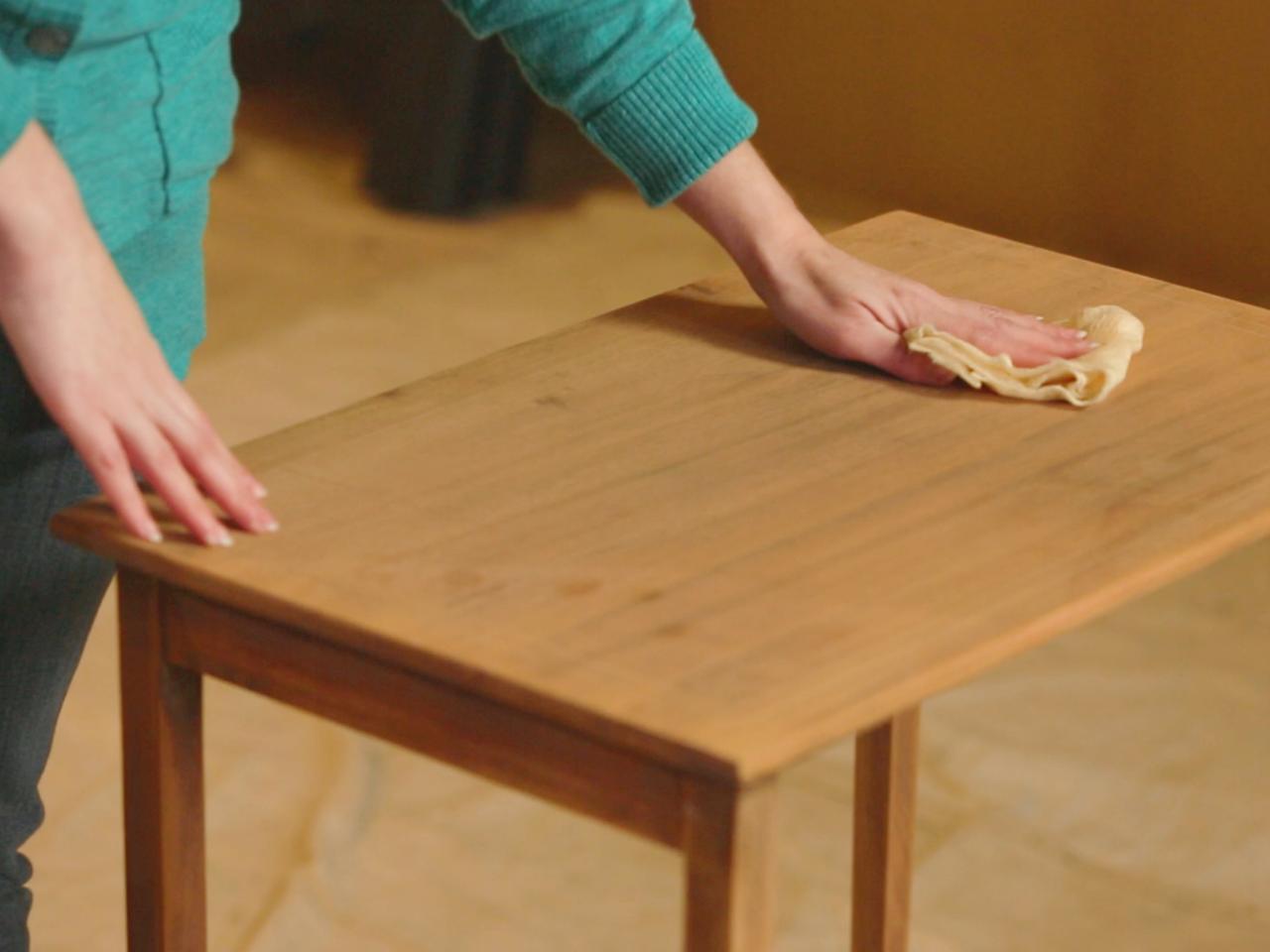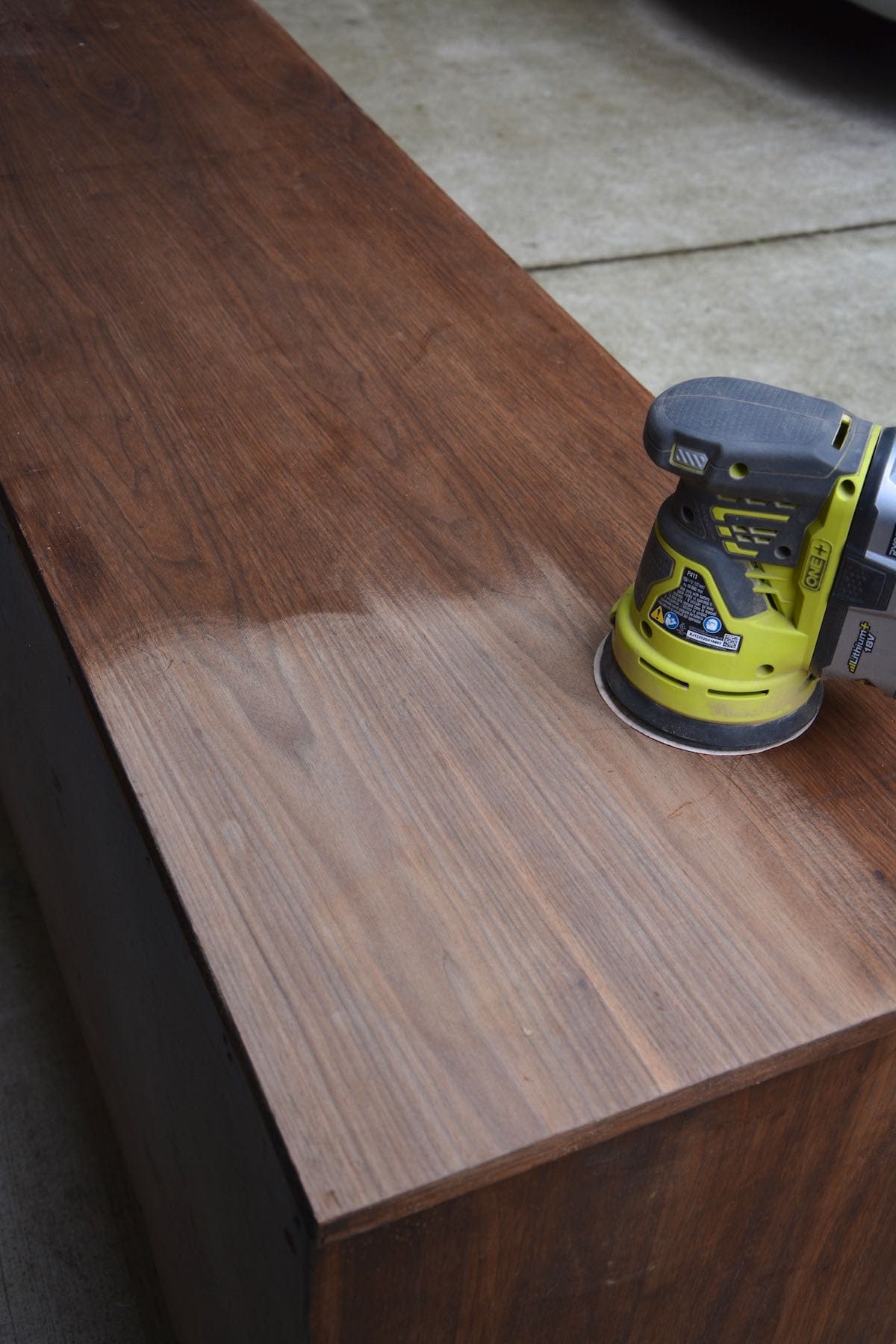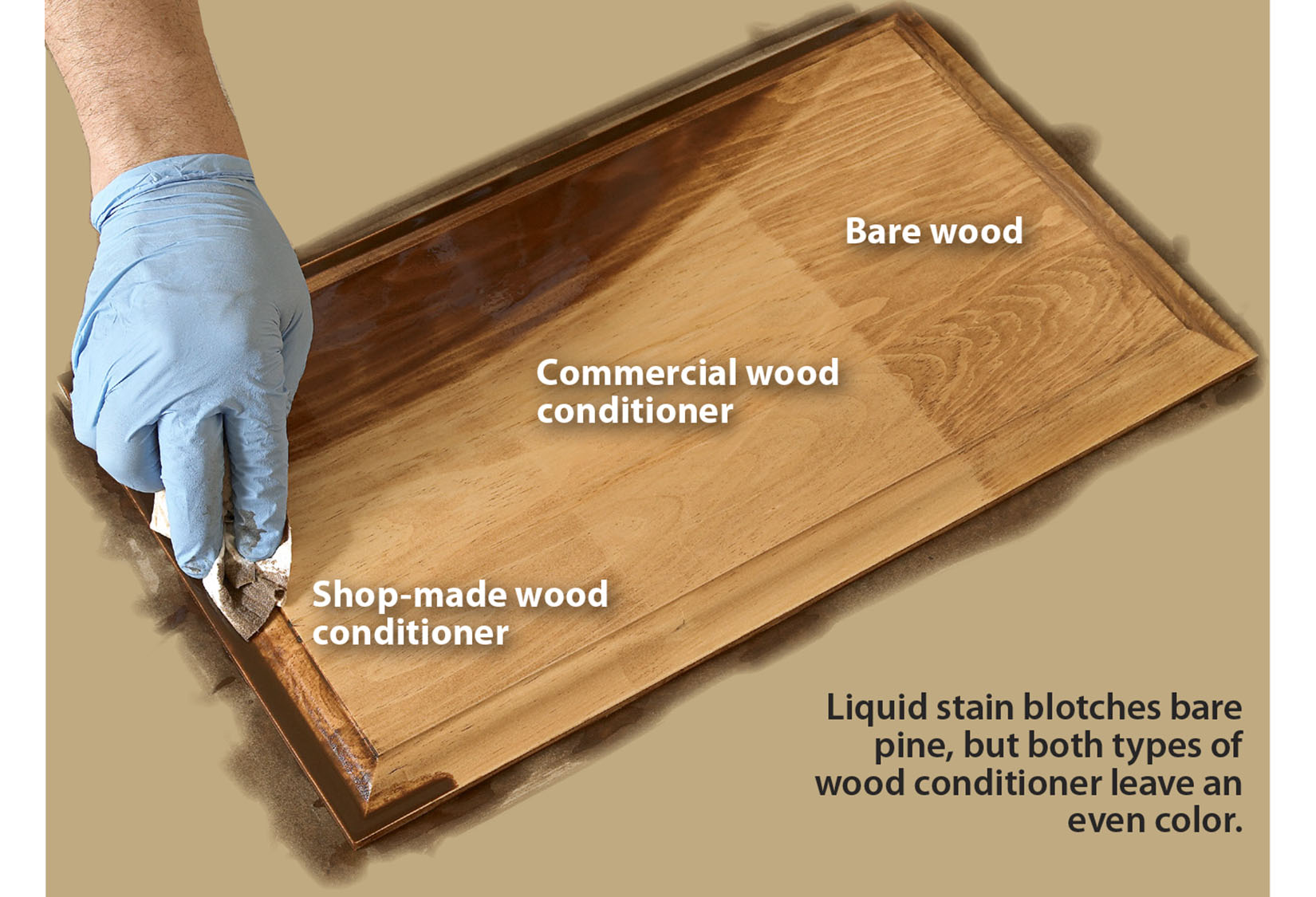How To Clean Bare Wood After Sanding

If you plan on using an oil-based stain you must use the oil-based Minwax Pre-Stain Wood Conditioner.
How to clean bare wood after sanding. Use a good vacuum and then a tack rag to wipe the surface clean of any contaminants. Using a tack cloth can also confirm that your wood surfaces have been properly sanded. Whether youve just installed a wood floor or added some fresh trim to your windows or doorways or even built a craft or furniture piece from scratch you may find yourself in a situation where the unfinished wood needs cleaning but you want to use something that wont affect.
It is good to use a shop vac to clean the surface between sanding grits removing the larger grit particles from the wood before sanding with the next higher grit. The mineral spirits will clean any grime or grease off of your surface making it ready for painting or staining. If you plan on using a water-based stain use Minwax Water Based Pre-Stain Wood Conditioner.
Before doing anything else with your woodwork rub a tack cloth over the entire surface of the wood to remove the dust and residue. Wipe down the whole surface with a tack cloth to remove any dust from sanding. Mix the cleaner according to the instructions on the bottle and allow it to soak into the wood for 15 minutes.
The hand brush will get rid of rough pieces and bits. Sanded hardwood floor lacks a protective layer and therefore you cannot use water or liquid cleaner on it. Sanding is critical t.
Water spots or stains may also form on the surface. To remove those last bits of finish palm sand with medium sandpaper 150 grit until you see the bare wood. Removing dust from baseboards and windowsills will prevent accidental showers of sanding dust getting knocked onto the floor while youre coating it with finish.
Using a soft-bristle attachment thoroughly vacuum the floor baseboards and windowsills. When exposed it will absorb water or the cleaner and warp. Once youre done sanding your woodwork there may be some residue left over.



















